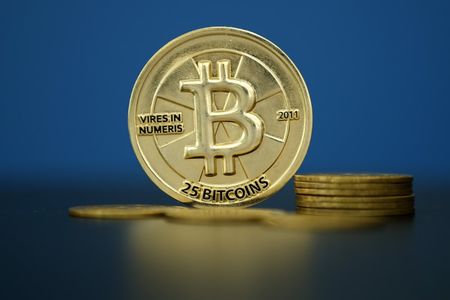Dhe prices for petrol and diesel rose again slightly over Christmas, the price for crude oil at times reached a three-week high, and the price for heating oil is also picking up again. All in all, the year 2022 will not only go down in history as one with particularly high inflation. According to calculations by the ADAC car club, the price of gasoline this year even reached its highest level ever – not only on individual days after the start of the Ukraine war, but even on average for the year.
For this record, however, the extremely high prices in marks from the time of hyperinflation in the 1920s must then be converted accordingly. In any case, according to its own statements, the ADAC has primarily focused on the prices in marks and euros since the founding of the Federal Republic.
The 2012 prices have been exceeded
According to figures from the car club, Super E10 is expected to have cost around EUR 1.86 per liter on average in 2022 and diesel EUR 1.95 per liter. That is around 27 or 47 cents more than in the most expensive tank year in recent history, that was 2012.
On September 13, 2012, Super cost an average of 1.709 euros per liter. That was previously considered the highest average price of all time. At that time, the Bundestag decided that in future all petrol stations would have to report their prices to the Federal Cartel Office in real time so that apps for drivers could be fed with these values. Even then, the antitrust authorities were already keeping an eye on the market power of the mineral oil companies. The Arab Spring also made crude oil significantly more expensive that year.
Fuel was also quite expensive in the fall of 2018: at that time, the low water levels in the Rhine and its tributaries drove up transport costs. The fuel prices this year were again significantly higher.
According to figures from the Clever Tanken internet platform on March 10, Super E10 was the most expensive over the course of 2022 at EUR 2.203 per liter. Even with smaller cars, a full tank could suddenly cost more than 100 euros. The Bundeskartellamt took a closer look at the fuel market at refinery level. It certainly reported high margins – but found no direct evidence of price fixing or other antitrust violations by the oil companies.
Anyone who has visited relatives over the Christmas period or is now going on a winter holiday may notice that fuel prices have recently risen again somewhat. The national average for the Super E10 was EUR 1.691 and diesel EUR 1.818 per liter. At the motorway filling stations along the main travel routes, however, the prices are significantly higher. Prices had previously fallen somewhat since the beginning of November.
The ADAC blames the higher crude oil price for the recent increase. Crude oil had risen from just over 75 dollars at the beginning of December to over 84 dollars per barrel (159 liter barrel) for the North Sea Brent. There had already been a noticeable increase in the price on the Friday before Christmas, which initially continued on Tuesday.
A cocktail of news drives the price
Various factors apparently came together – news from Russia, America and, last but not least, China.
“It was actually a cocktail of bullish news that pushed the oil price to a three-week high recently,” said Frank Schallenberger, oil expert at Landesbank Baden-Württemberg. On the one hand, Russia came up with an assessment of how to react to the western sanctions. “After all, according to this information, Russian oil production could probably drop by 5 to 7 percent at the beginning of 2023,” said Schallenberger. On the other hand, the cold snap in North America is likely to affect oil production in the United States. However, Schallenberger sees China as the most important factor in the recent upward trend in oil prices: the relaxation of the strict zero-Covid policy prompted the International Energy Agency (IEA) to increase its estimate for oil demand in 2023 in mid-December – despite the poor economic environment revise. The most recent announcement that the quarantine requirement when entering China will no longer apply from January 8 should ensure that travel activities for the coming year are estimated to be higher: “It is therefore quite possible that the IEA in its next report on the oil market in mid-January will Demand estimate for 2023 revised upwards even further,” said Schallenberger.
The price of heating oil, which fell to its lowest level since spring at the beginning of December, has recently risen again somewhat. According to figures from the internet portal Heizoel24, to which 500 oil traders report their prices, 100 liters cost an average of 123.96 euros on Tuesday. At the beginning of December it was only 114 euros at times; in the very expensive phase in March but sometimes 215 euros. In its market report, the portal names China and the United States as important reasons for rising oil prices, but at the same time mentions that in practice there are currently not many heating oil deliveries to end consumers due to the holidays.
The prices for heating oil and diesel also rose unusually sharply at times because many companies that normally use natural gas for their production, but can also use heating oil, stocked up on both as a precaution.








